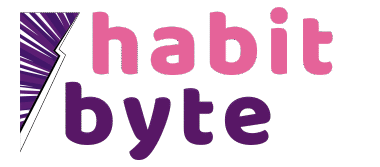**
Understanding Productivity: A Guide for Remote Workers and Office Employees
Productivity, the ability to produce effective results in a given time period, has become a hot topic in today’s evolving work culture. As both remote workers and office employees strive to maximize their productivity, this article delves into practical, research-backed productivity tips and strategies to elevate your work efficiency. Let’s get started!
Defining Productivity
Productivity refers to the efficiency in which tasks are completed. High productivity means more work is accomplished in less time. It’s not about working harder, but smarter. For example, imagine two workers in a factory: one produces 100 units in 10 hours, while the other produces the same amount in 8 hours. The second worker is more productive.
Productivity Challenges and Solutions for Remote Workers
Remote work, while offering flexibility, brings its own set of productivity challenges. Here are some solutions:
Create a Dedicated Workspace
A designated workspace, free from distractions and equipped with necessary tools, can significantly increase productivity. It could be a quiet room with a comfortable chair, a desk, and a reliable internet connection.
Follow a Regular Schedule
Remote work can blur the line between personal and professional life. Establishing a regular work schedule, such as starting at 9 am and finishing at 5 pm, can help maintain a work-life balance.
Productivity Challenges and Solutions for Office Employees
Office employees face different productivity challenges. Here are some solutions:
Take Scheduled Breaks
According to a study by the University of Illinois, regular breaks can improve mental agility. Taking a 5-minute break every hour, for instance, can refresh your mind and maintain focus.
Set Clear Goals
Setting clear, achievable goals can keep you focused and motivated. Tools like a task management app can track your progress and keep you on track.
Universal Productivity Strategies
No matter your work environment, some productivity strategies are universally beneficial:
Use Productivity Tools
Productivity tools, like Asana for task management, Slack for communication, and Google Drive for document collaboration, can streamline your work process and boost productivity.
Practice Mindfulness
Mindfulness, the practice of being fully present and engaged in the task at hand, can help you stay focused and reduce stress. Try a simple mindfulness exercise like focusing on your breath for a few minutes during the day.
Stay Organized
Keeping your workspace clean and your tasks organized can improve focus and productivity. Use folders for digital files and keep your physical workspace clutter-free.
Stay Active
Regular physical activity, like a quick walk around the block or a few stretching exercises, can boost energy levels and improve focus.
Conclusion
Productivity is not a one-size-fits-all concept. It’s about finding what works best for you and applying those techniques consistently. By understanding and implementing these productivity strategies, you can achieve your work goals and enjoy a more balanced and fulfilling work life.
